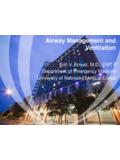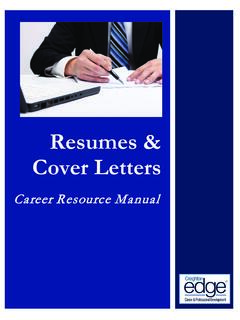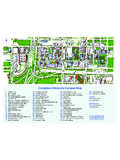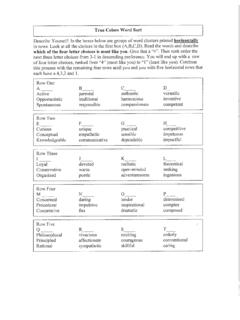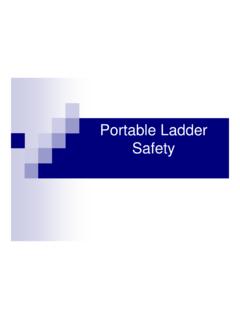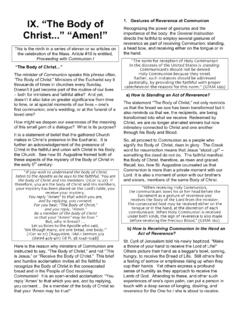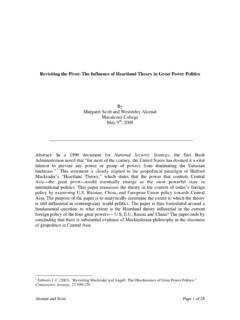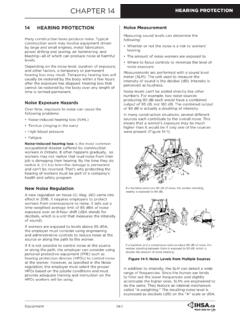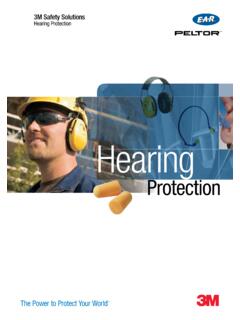Transcription of Hearing protection [Read-Only] - Creighton University
1 Hearing ProtectionNoise induced Hearing loss is a permanent Hearing impairment resulting from prolonged exposure to high levels of noise . It is important to practice Hearing conservation by using Hearing protection to prevent noise induced Hearing loss. Hearing protection includes ear plugs and earmuffs that are designed to reduce the intensity or loudness of sound."Rule of Thumb" for determining the need for Hearing protectionA good "rule of thumb" for determining if your work area or activity requires Hearing protection is as follows. If you have difficulty Hearing or understanding a "normal" tone of voice at a distance of about three feet, noise levels are probably exceeding safe levels and you should be using Hearing from EH & S noise monitoring shows that many activities and tools require the use of Hearing protection .
2 This includes, but is not limited to, lawn mowers, tractors, leaf blowers, weed trimmers, chain saws, concrete saws, concrete/hammer drills, snow blowers, power saws, backpack vacuums, working near running chillers, much noise is too much?85 Decibels (dB) - the "Action Level" where Hearing protection is required. 90 dB - the OSHA, 8 hour average exposure limit. 100 dB - exposures longer than 15 minutes are not recommended. 110 dB - regular exposure of more than 1 minute risks permanent Hearing Are Hearing Protectors? How Effective Are They? Hearing protection devices decrease the intensity of sound that reaches the eardrum.
3 They come in two forms: earplugs and earmuffs. Earplugsare small inserts that fit into the outer ear canal, To be effective they must totally block the ear canal with an airtight seal. They are available in a variety of shapes and sizes to fit individual ear canals and can be custom made. For people who have trouble keeping them in their ear, they can be fitted to a headband. Earmuffsfit over the entire outer ear to form an air seal so the entire circumference of the ear canal is blocked, and they are held in place by an adjustable band. Earmuffs will not seal around eyeglasses or long hair, and the adjustable headband tension must he sufficient to hold earmuffs firmly around the ear.
4 Earplugs must be snugly sealed so the entire circumference of the ear canal is blocked. An improperly fitted, dirty or worn-out plug may not seal and can irritate the ear canal. Properly fitted earplugs or muffs reduce noise 15 to 30 dB. The better earplugs and muffs are approximately equal in sound reduction, although earplugs are better for low frequency noise and earmuffs for high frequency noise . Simultaneous use of earplugs and muffs usually adds 10 to 15 dB more protection than either used alone. Combined use should be considered when noise exceeds 105 dB. Personal music players are not a form of Hearing protection .
5 According to the National Institute on Deafness and Other Communication Disorders, frequent and extended exposure to sound pressure in excess of 85 decibels can cause long-term Hearing loss. Many MP3 users listen at much higher levels - often without realizing the risk. Some personal music players can reach more than 115 decibels, representing significant potential for damage in a matter of a few minutes.
